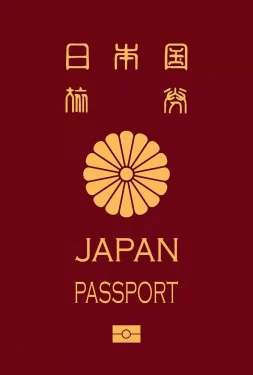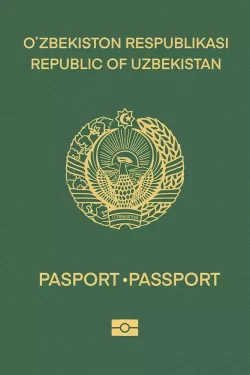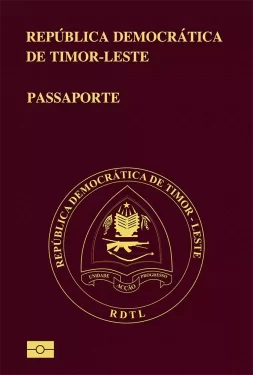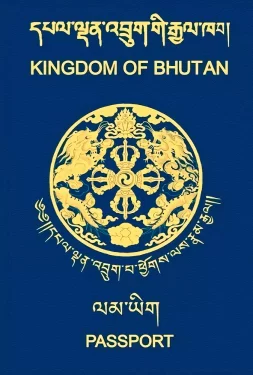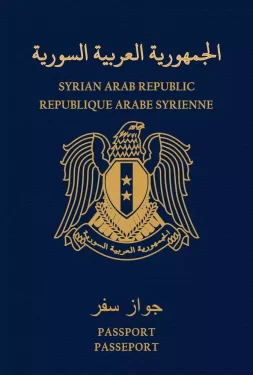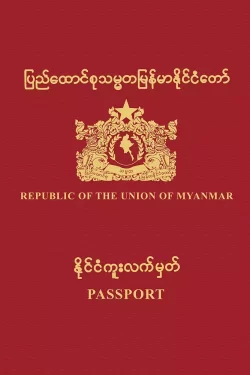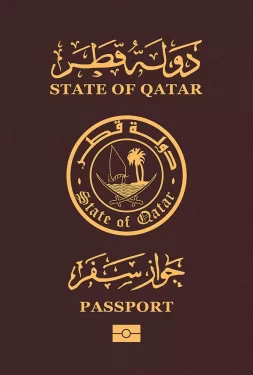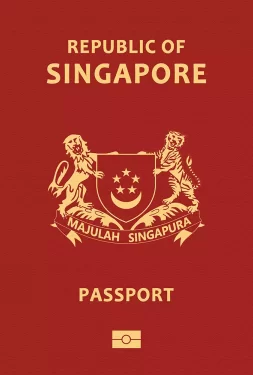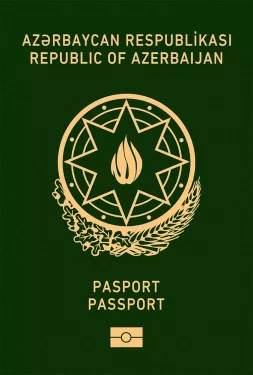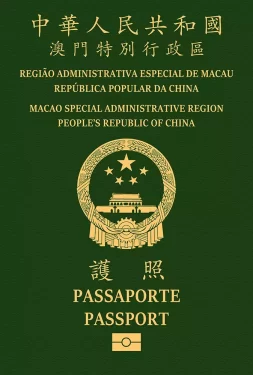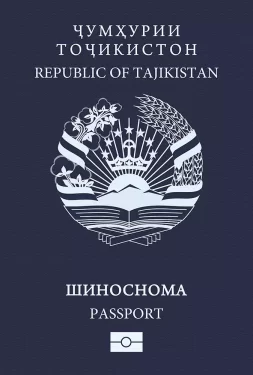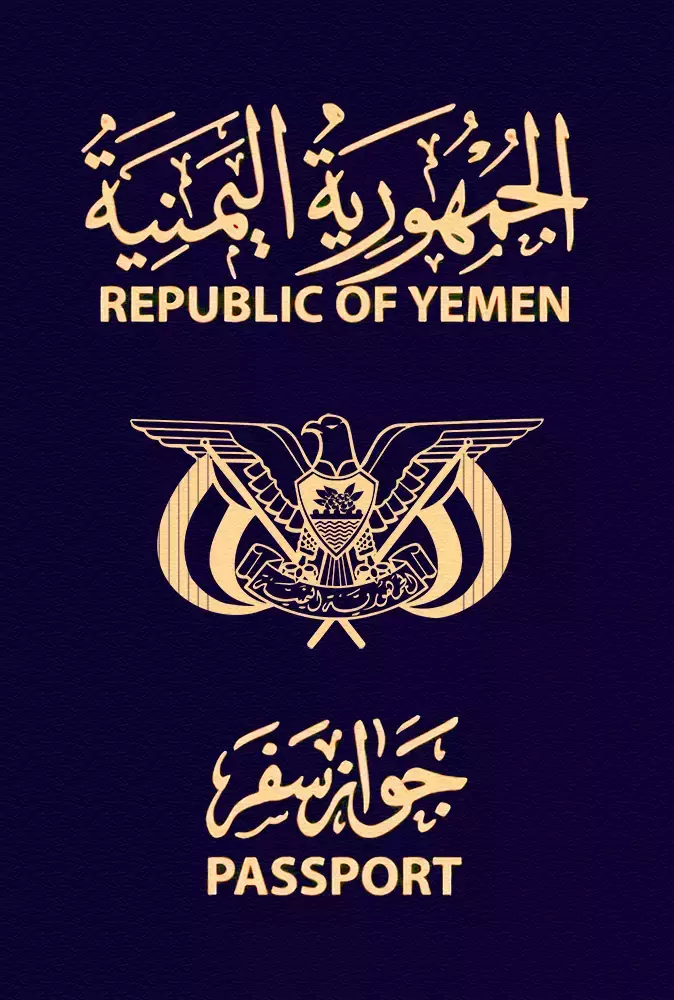
Yemen
Yemen passport ranking
The Yemeni passport is currently ranked 102nd place on the Guide Passport Index. It is considered the 6th lowest ranking passport in the world. Yemeni passport holders have visa-free access to only 34 destinations including Togo, Dominica, Madagascar and Seychelles. There are 195 destinations for which a Yemeni passport holder requires to obtain a visa prior to traveling. That is the reason why the Passport Ranking is very low on the overall worldwide mobility score. For major destinations such as USA and the European Union, Yemenis require to apply for a visa in advance. Visa applicants need to present documents such as proof of funds and return flight ticket.
Yemen Passport Ranking
The Yemen passport ranking relative to other global passports is calculated by adding up the number of countries that allow Yemen passport holders to enter without a visa (i.e. visa-free countries) and those that allow Yemen passport holders to enter by obtaining a visa on arrival (i.e. visa-on-arrival countries) or an electronic travel authorization (eTA). There are currently a total of 9 Yemen passport visa-free countries, 23 Yemen visa-on-arrival countries, and 2 eTA destinations.
Altogether, Yemen passport holders can enter a total of 34 destinations—either without a visa, through a visa on arrival, or via an eTA. As a result, the Yemen passport ranks 102 in the world.
Separate from these Yemen visa-free countries and visa-on-arrival countries, there are 195 additional destinations which Yemen passport holders either need a physical visa to enter or an eVisa (i.e. visa required countries).
About Yemen
The Republic of Yemen is made of 22 governorates. It is located in the Middle East and borders the Gulf of Aden, Oman and Saudi Arabia. The most significant governorates are Aden, Taiz, Sanaa, and Hadhramaut. The country has a total surface area of 555,000 square kilometers. The terrain is characterized by a coastal plain, rugged mountains and desert in the interior. Its climate is generally of the desert type with a temperate climate in the western mountains.
The overall population is over 30.9 million people. The capital of the country is Sanaa, which is also the most populous city with more than 2.5 million inhabitants. The largest airport is Sanaa International Airport (SAH). The airport is named after the capital of the country. Due to the ongoing war in Yemen, it provides very few flight connections around the Middle East.
Yemeni culture is dominated by Islam. The official language is Arabic. The legal system is a mix of the sharia, Napoleonic, common and customary law. The government form is currently not defined and in transition. The current chief of state is the elect President Abd Rabuh Mansur. The head of government is Prime Minister Maeen Abd Al-Malik Saeed. All regions have their regional governments, reporting to the central government in Sanaa. Chief of state and head of government are serving a 7-year term.
The official currency is the Yemeni rial (YER). Its current exchange rate is about YER 250 to the USD. The country has an open economy, generating a GDP of approximately $733. billion. The per capita income is $2,380. The largest portion of the GDP is generated by the services and agriculture sector. Due to the ongoing war most of the economic activities have come to a halt and export is only possible in a limited form. The country is mostly relying on foreign aid in order to improve the overall economic situation.
Yemen is still at the beginning in terms of tourism development. Even though it has many natural and culturally unique attractions for tourists to explore. It has a total of 4 UNESCO world heritage sites scattered across the country. The main destinations for visitors are Socotra Island, Qalansiya Beach, the capital Sanaa, the Al Saleh Mosque, Jabal Haraz, the Thula Village and Seiyun Palace. The capital Sanaa also offers a variety of museums and exhibitions showcasing the history and natural beauty of the country.
